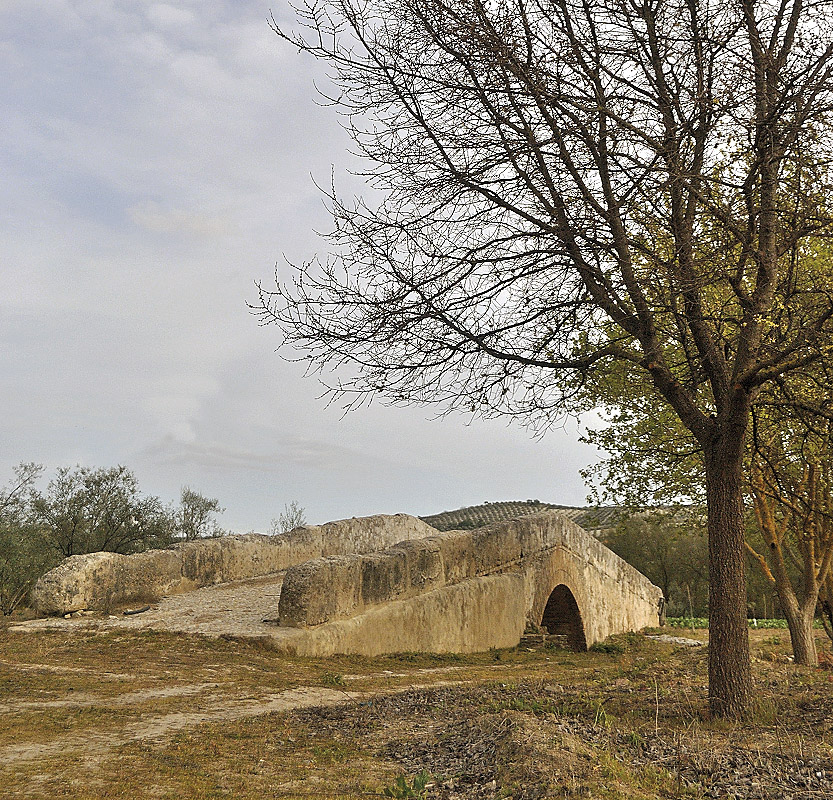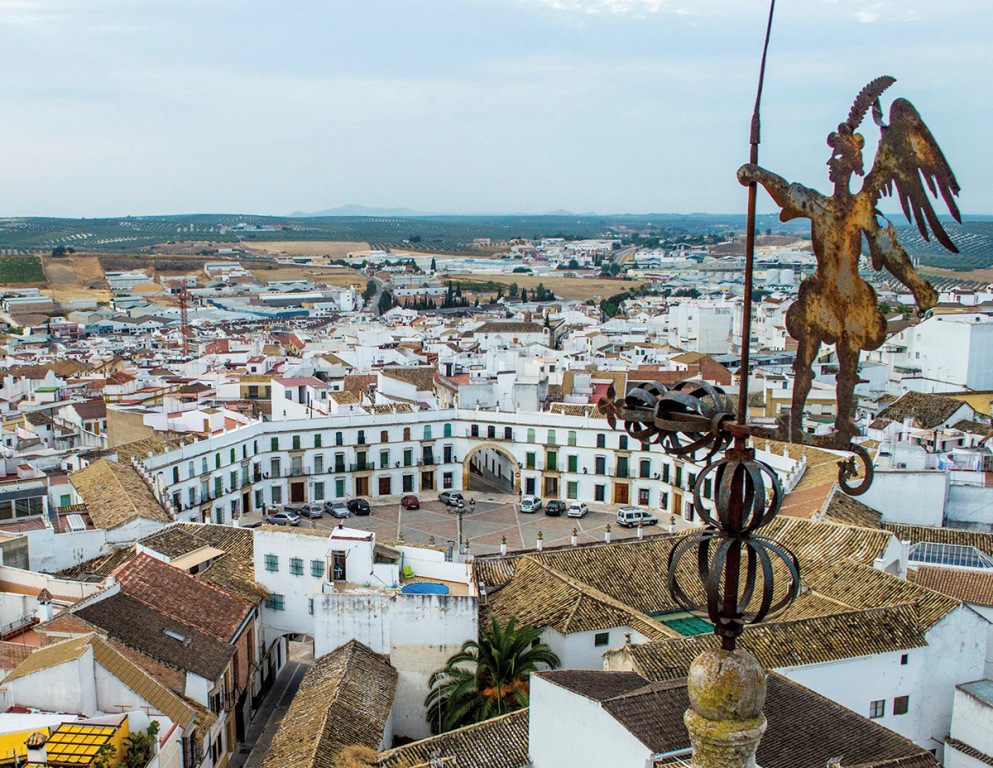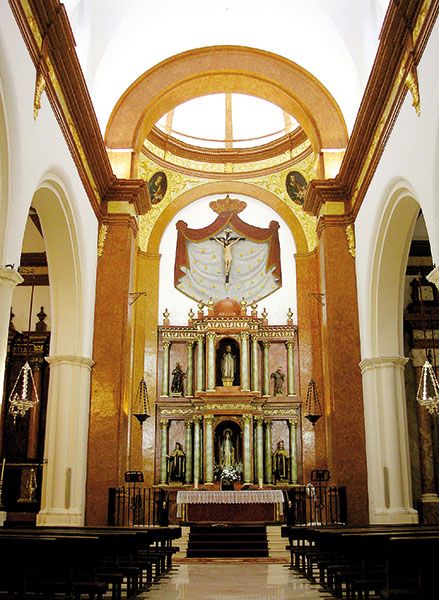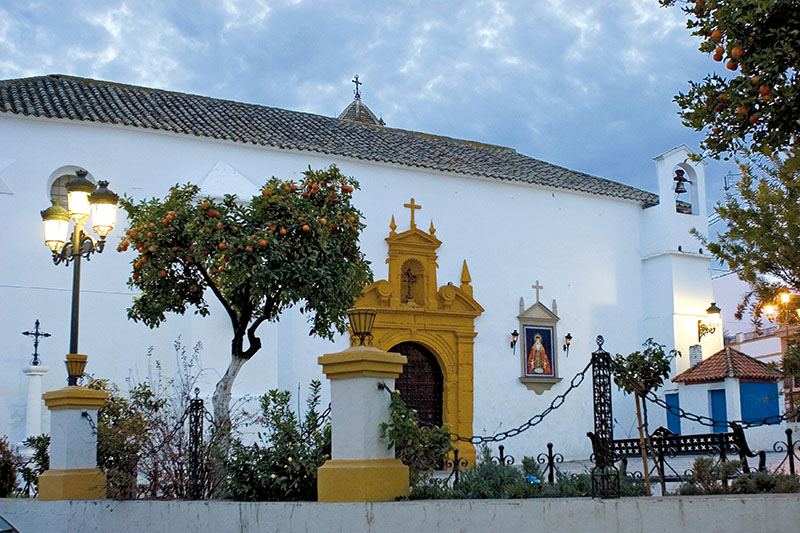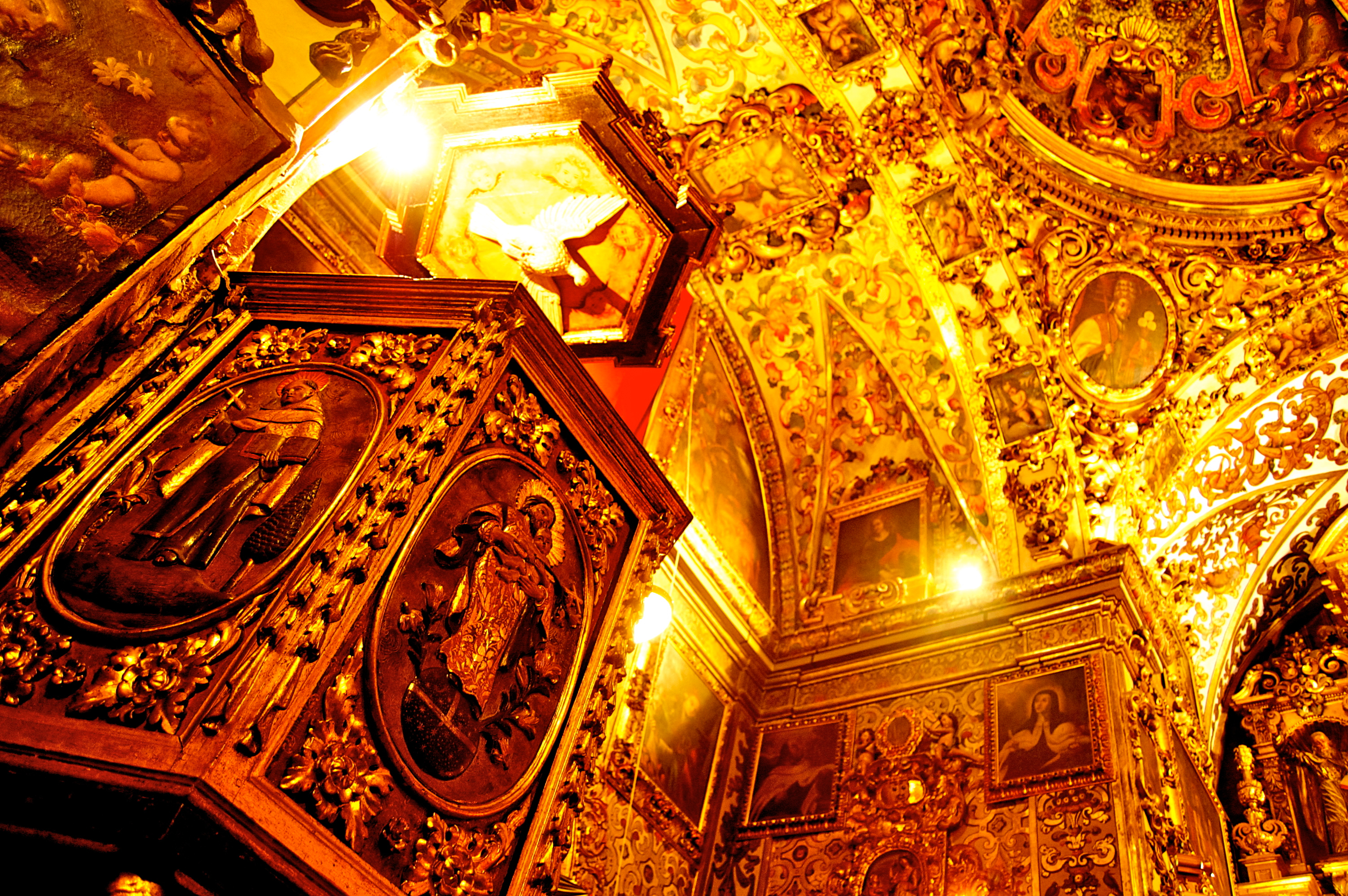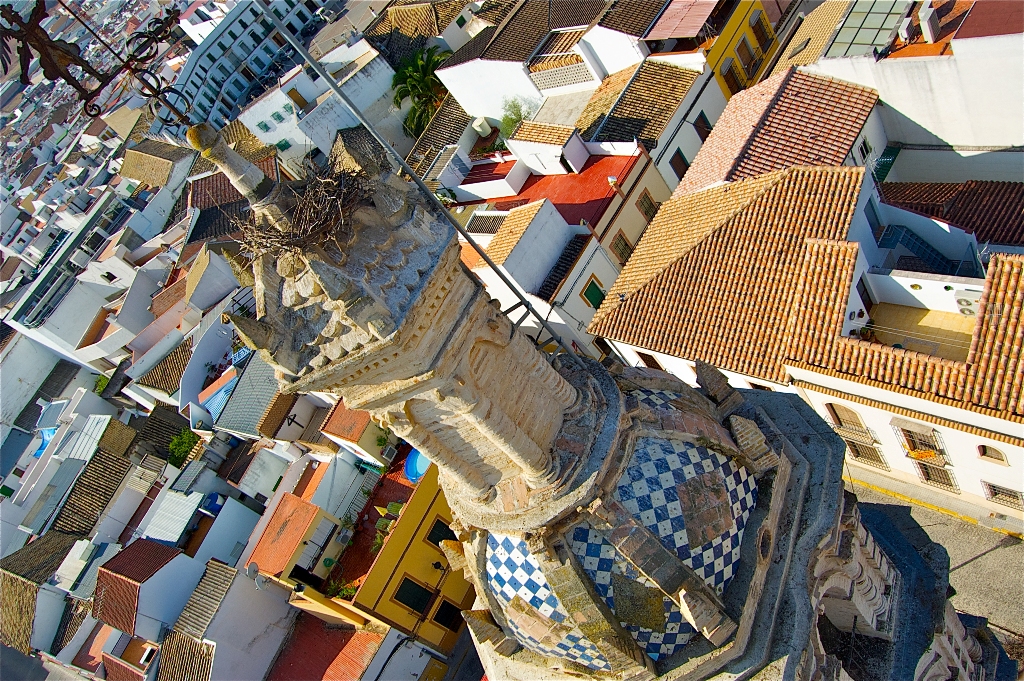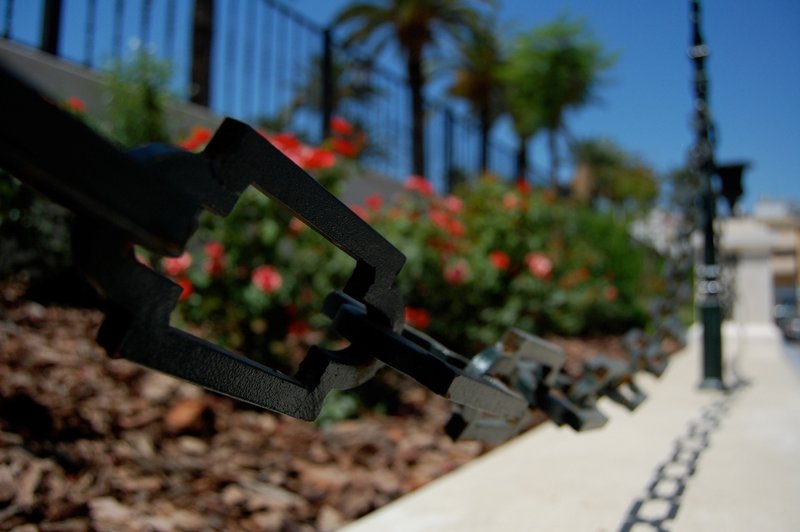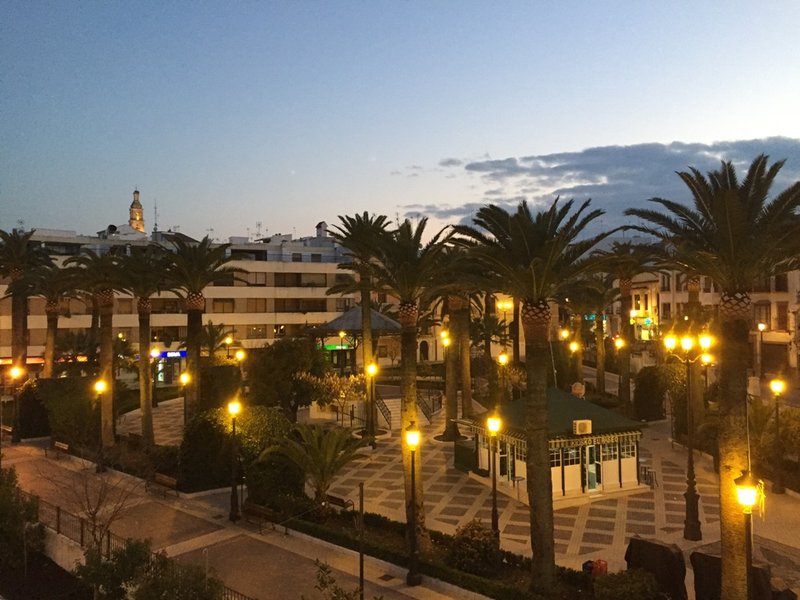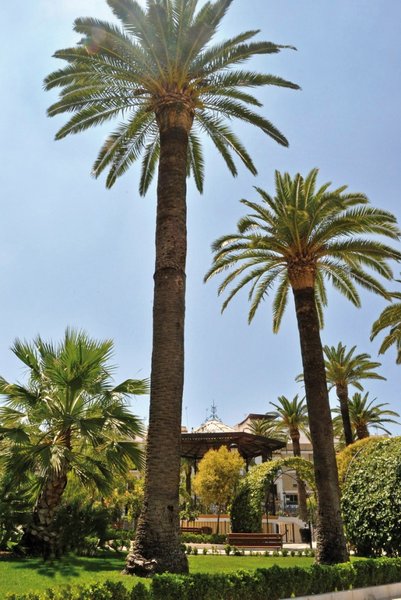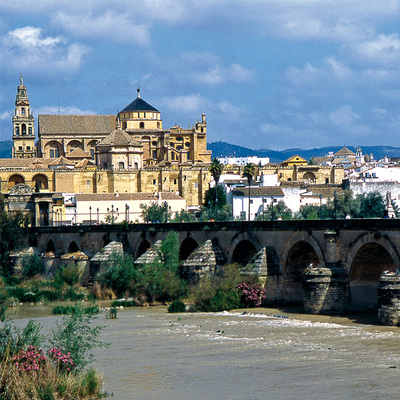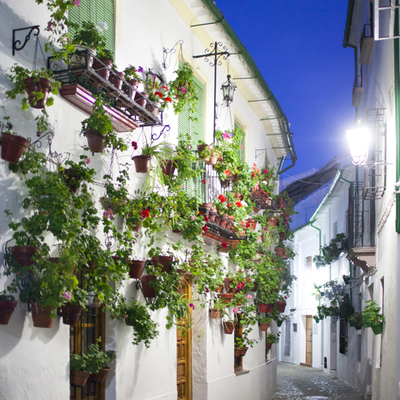Paseo Agustín Aranda
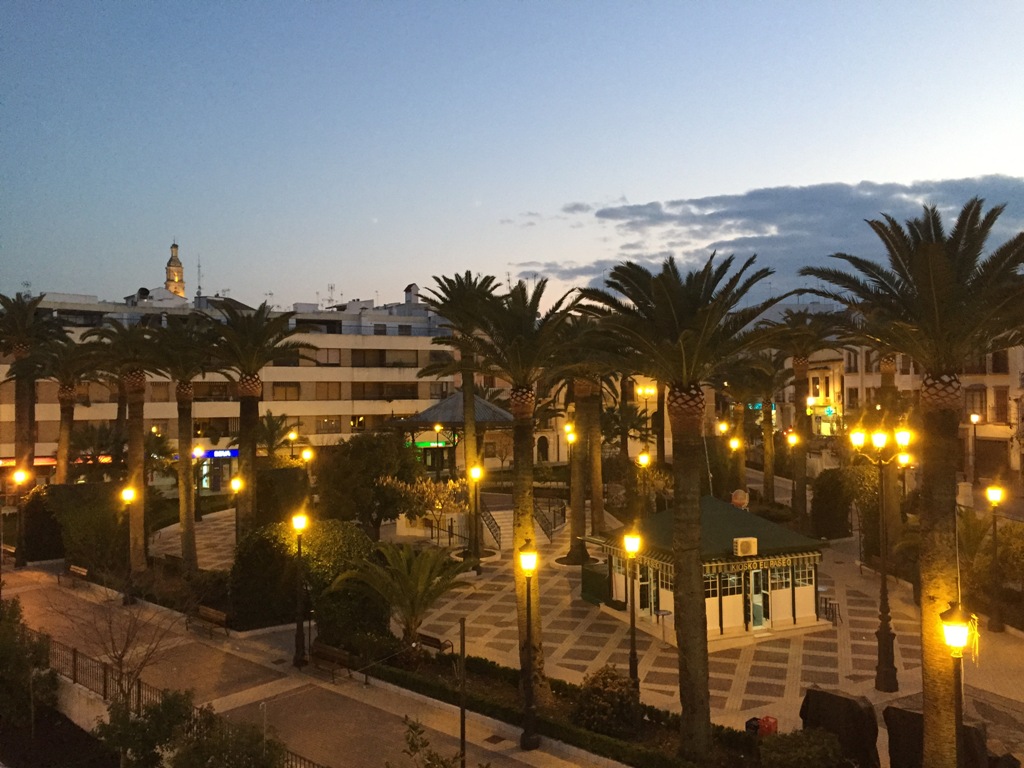
Although from the 16th century until the end of the 19th century the site was occupied by a convent for women (Nuestra Señora de la Coronada), the first attempts to obtain a public garden in Aguilar de la Frontera date back to 1884. However, the most important work on Paseo Agustín Aranda was thanks to Vicente Romero García de Leaniz (1925 -1929).
Without knowing the creator of the project, it gave the city one of the largest, regional-style, green areas in the province. However, the biggest structural alterations and enhancements were thanks to Agustín Aranda Romero (1949-1950). The current look of the Paseo is the result of the adaptations made in 2010.
Its layout, a trapezoid shape and spread out, is fully paved with small compartments for trees and different plants, with a group of palm trees in pride of place. In the centre is the hexagonal bandstand (1929) with an artistic wrought iron railing.
Open daily.
Services and infrastructure
Target audiences
Segments
Specialties
Open to visitors
You may be interested
